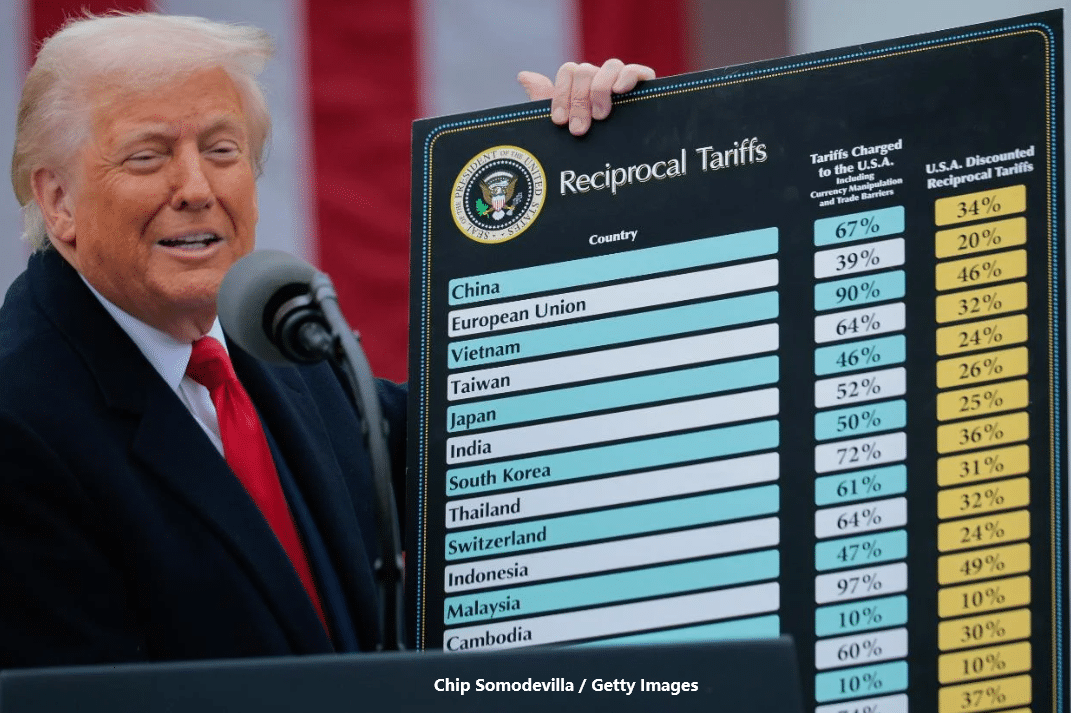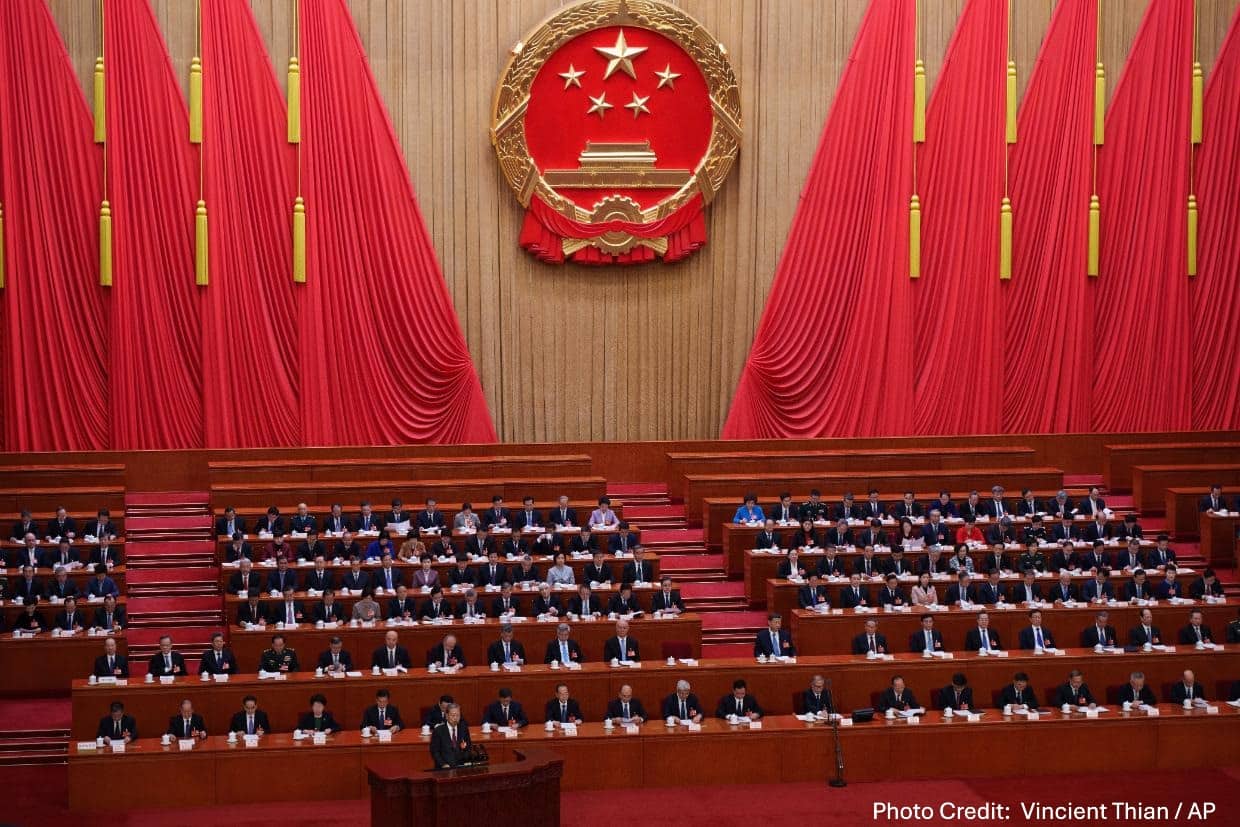ROADOLOGY – AND THE ART OF ECONOMIC CO-OPERATION
There is an old Chinese saying –要想富先修路 (yāo xiǎng fù xiān xiū lù): “if you want to get rich, build a road”.
The saying is more apt than ever now the Chinese leadership is rolling out its ambitious “Belt and Road” (BRI) vision. There is now even an academic discipline in China known as “Roadology” – the art and science of Belt and Road.
First launched by President Xi Jinping in a speech in Kazakhstan in 2013, BRI was originally conceived as an infrastructure development programme along ancient trade routes linking China and Eurasia. That concept has broadened out considerably to focus on a vision for enhanced connectivity along both overland routes (“the belt”) and maritime lanes (“the road”) linking China and Africa and China, SE Asia, the Pacific and onto Latin America.
BRI has also been described as a new way of managing globalisation – a more inclusive, development led model, as opposed to the trade liberalisation and technology led model we have become used to.
BRI has its fair share of sceptics and critics. Some see BRI as a mere slogan. Others see it as a means for China to develop soft power and even as a means of projecting industrial strategy. While certain Western nations including the US, Japan and Australia were initially cautious about BRI, there are increasing signs of interest in developing co-operation.
BRI is not going to go away – it is supported at the highest levels of the Chinese Government – but it is unclear whether the vision will evolve further to become a multilateral forum for economic co-operation. If a greater connectivity focus is to be developed, some thought will need to be given to how BRI participants work more closely together.
For New Zealand, BRI represents an opportunity to demonstrate how NZ interests and expertise can add value and contribute to China’s vision. This is particularly necessary at a time when we face greater competition for attention in China.
The Memorandum of Arrangement signed between the two governments at the time of Premier Li Keqiang’s visit in March provides a mechanism for NZ firstly to define how it can contribute to BRI and secondly to present this under a framework for bilateral co-operation.
Areas where NZ can contribute to the BRI vision include trade facilitation, supply chain connectivity, innovation and regulatory co-operation –“soft infrastructure” rather than “hard infrastructure” – the way goods, services, capital and people move along the belt and road rather than the road itself.
The NZ China Council has in hand a research project designed to flesh out the potential areas of co-operation in more detail. We plan to release the results of this work in November.
It’s up to New Zealand to determine how we should seek to be involved in Belt and Road. After all, as another famous Chinese saying tells us, to be rich is glorious – 致富光荣 (zhìfù guāngróng) -we just have to get on the road first!
This post has been prepared by Stephen Jacobi, Executive Director of the NZ China Council. Stephen travelled to China in June to examine prospects for NZ under the BRI.












 MENU
MENU
